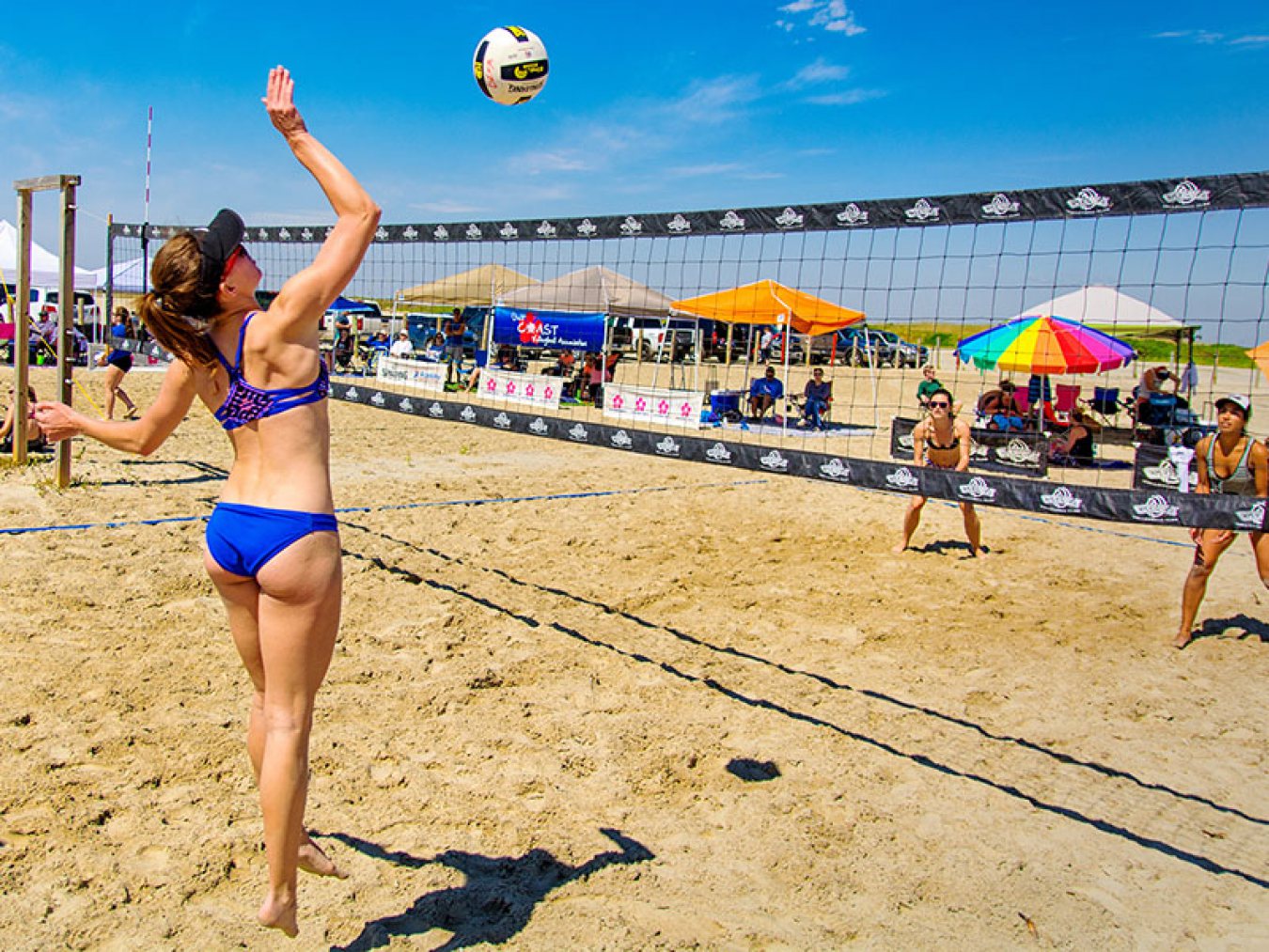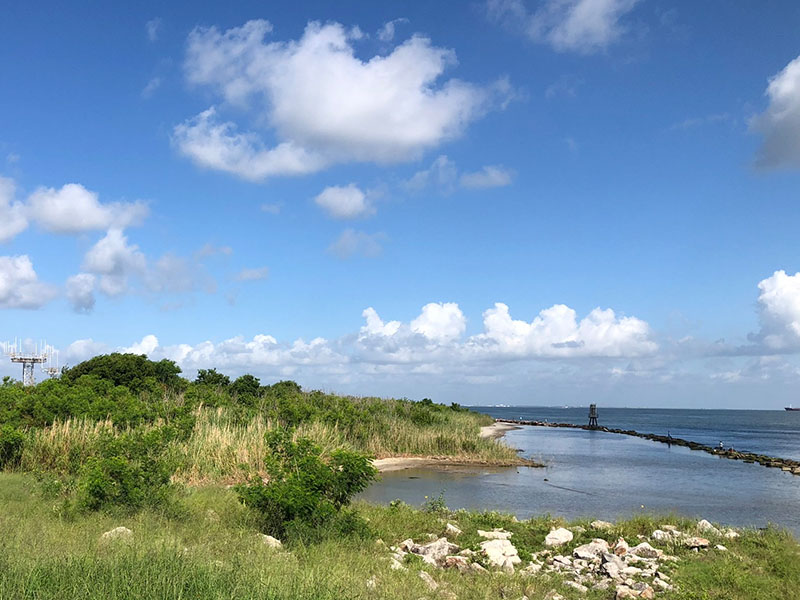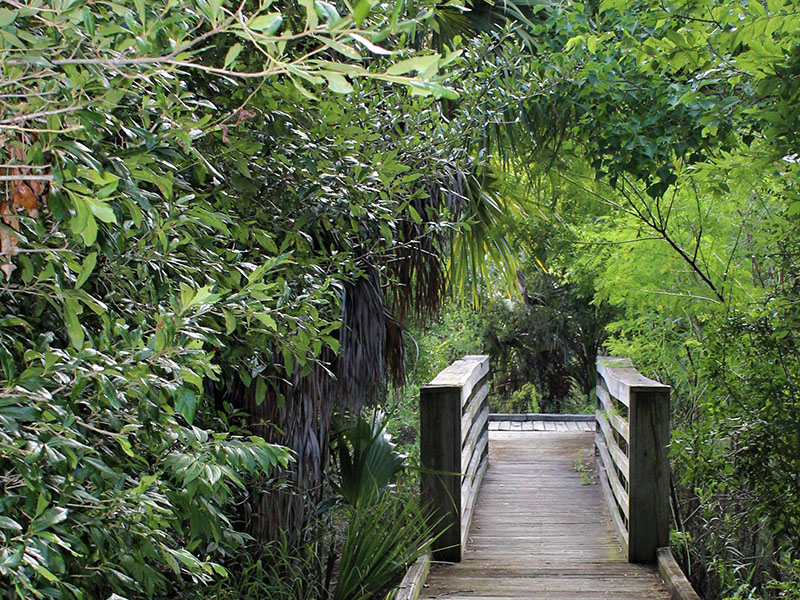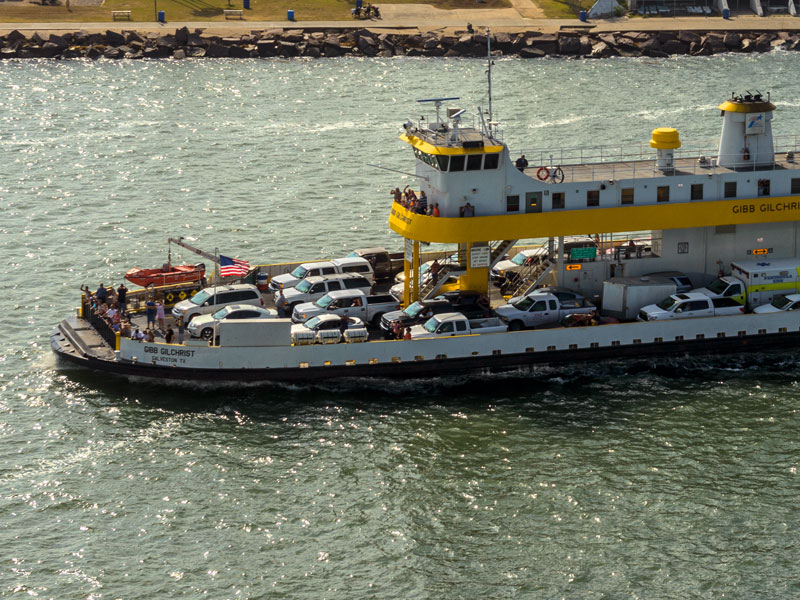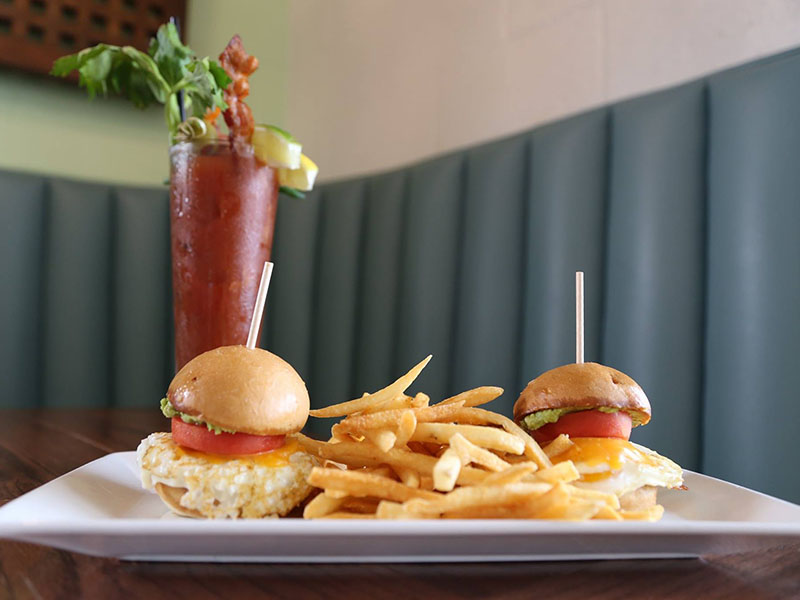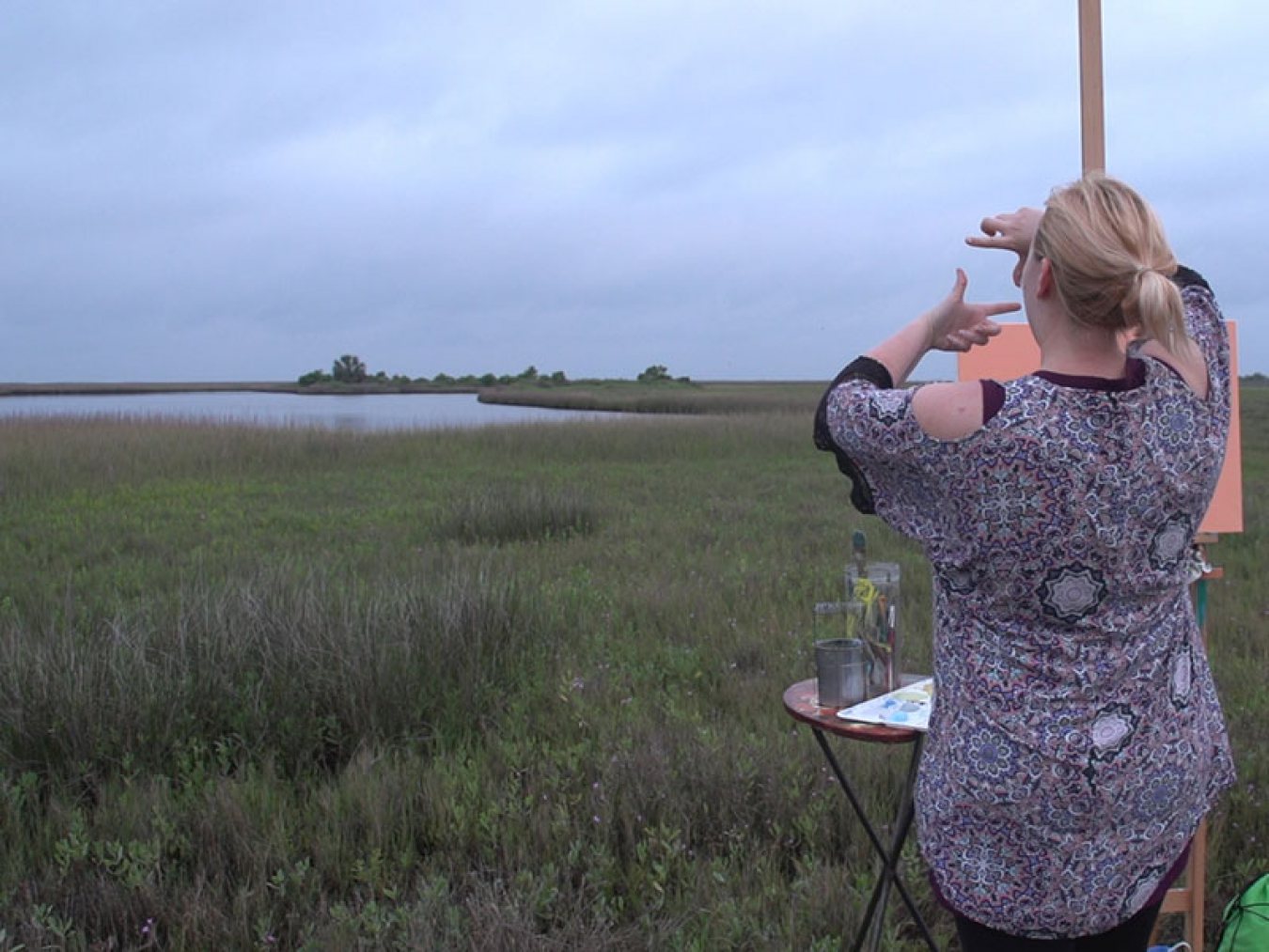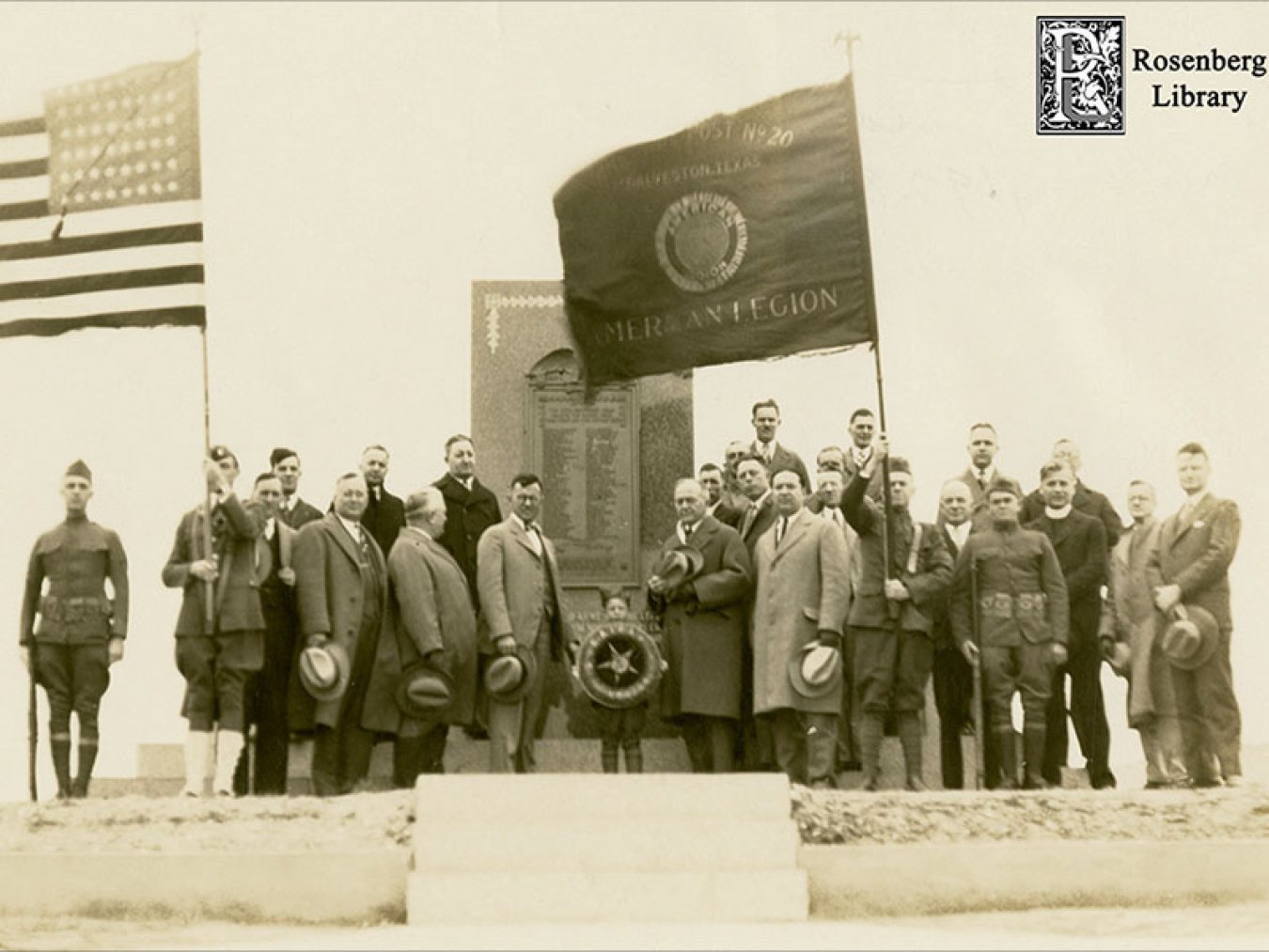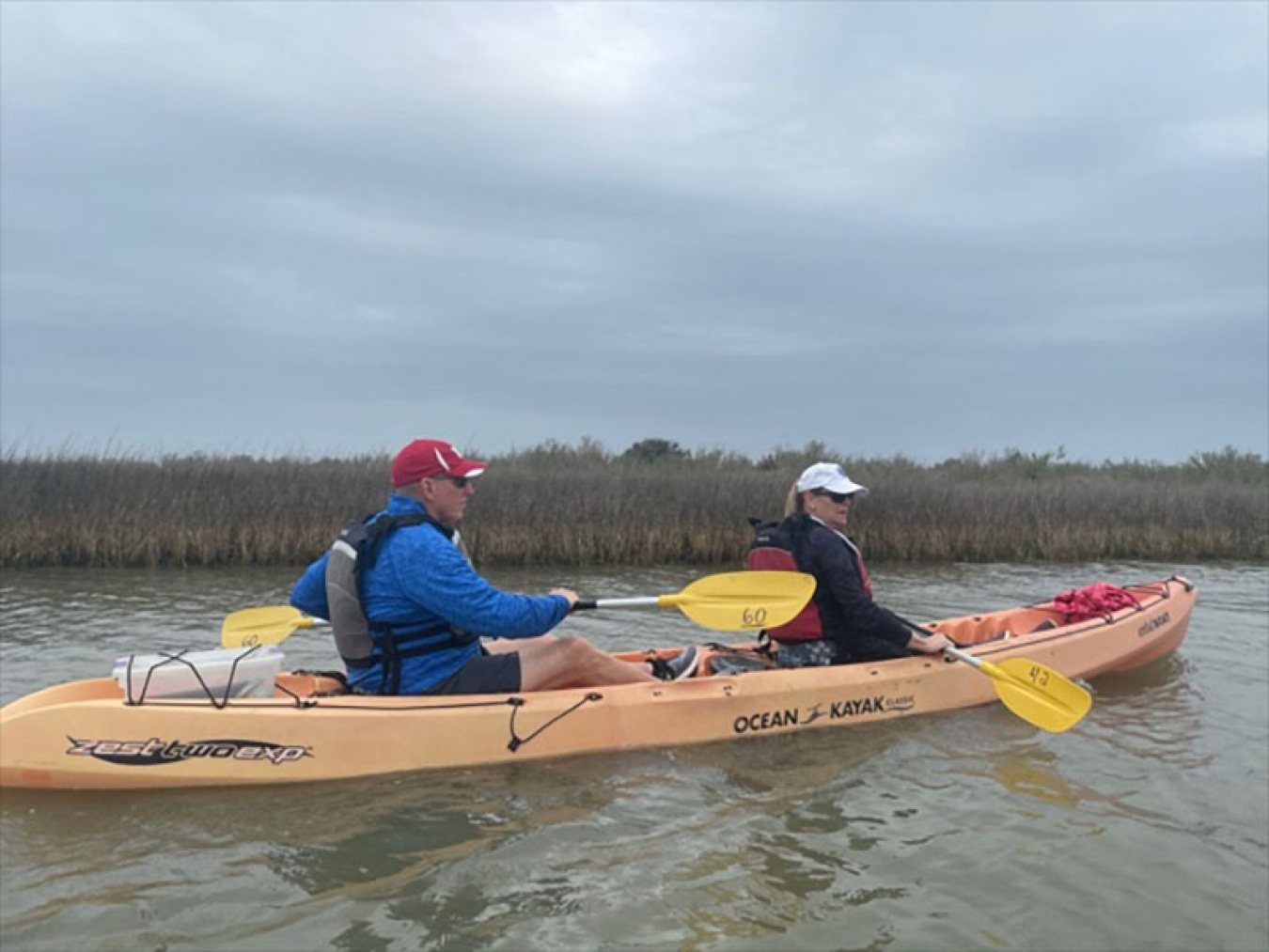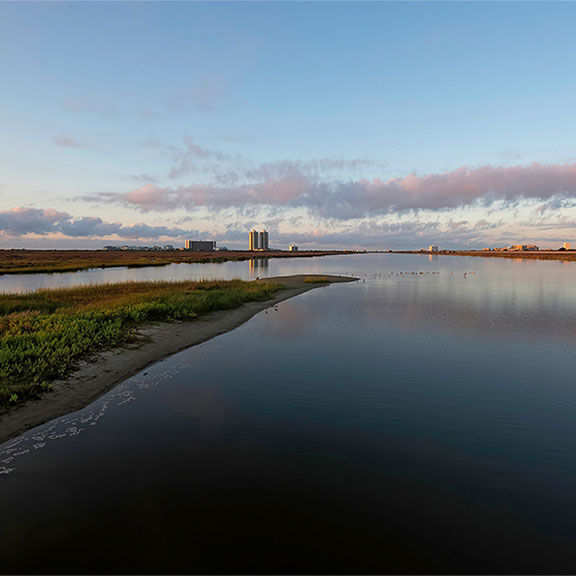
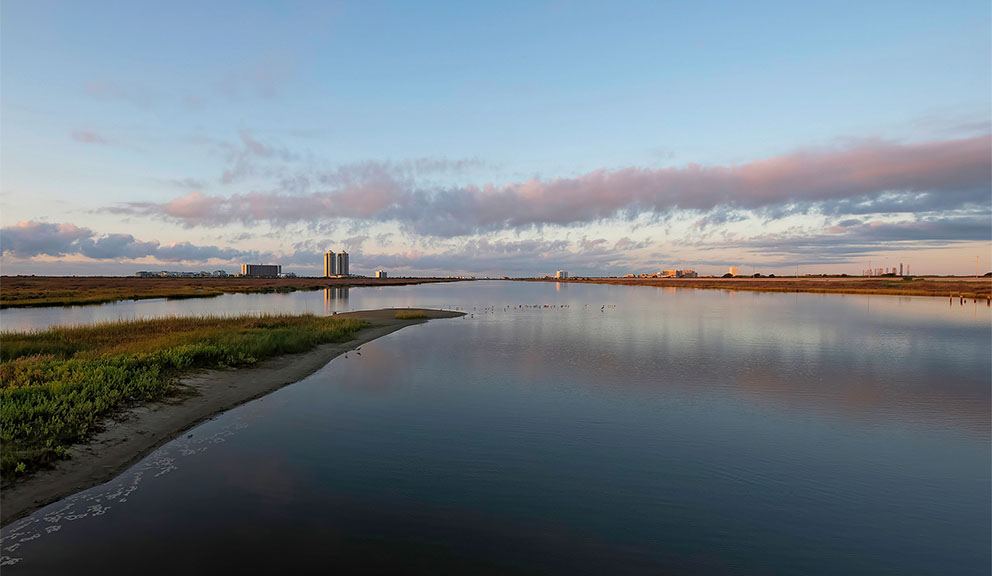

East End Lagoon Nature Preserve
A 685 Acre Microcosm of the Island
Boddecker Drive, Galveston, TX (Directions) | Website
The East End Lagoon Nature Preserve, situated at the eastern end of the island, is a microcosm of the island as a whole. The 685-acre Preserve includes the East End Lagoon. The Lagoon is a slender finger of water that is bordered by several zones of land that are defined by elevation (measured in inches!), tides, and salinity. Although the Preserve is almost entirely wet, these slight variations of elevation determine what can grow and, by extension, the wildlife that can inhabit each zone.
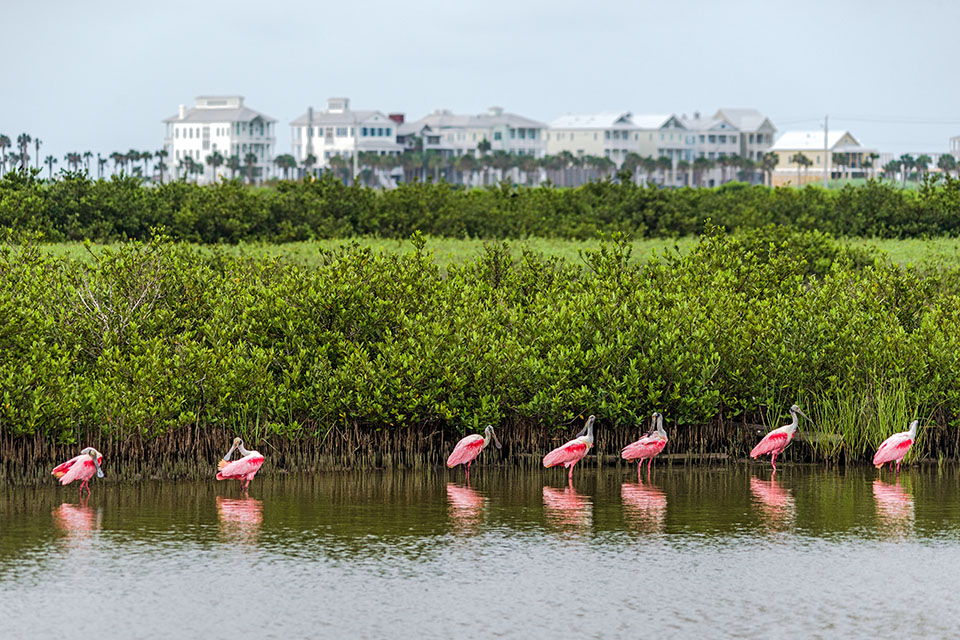
Birding
The birds of the East End Lagoon are stitched together by a common thread–water. The Lagoon’s birds are those of open water, shore, and wet coastal prairie. During storms and high tides, there is no land in or around the Lagoon that remains dry. Birds of the Lagoon have adapted to these wetlands, and prosper in conditions that exclude most land and forest birds. A number of shore birds can be found, including sandpipers, plovers, herons, and egrets. In the lagoon itself, look for ducks, geese, grebes, loons, cormorants, and pelicans.
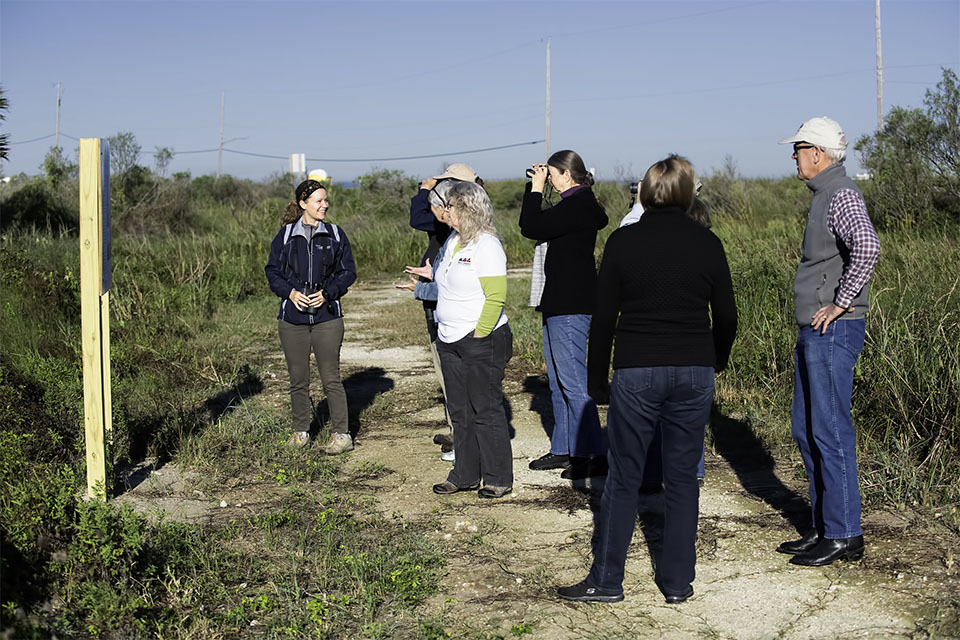
Nature Trail
Thanks to the Galveston Island Park Board, Galveston Island Nature Tourism Council, and a grant from the GLO Coastal Management Program, an ADA accessible trail is now in place with parking off of Boddeker Road.
The trail is an early step in a bigger vision for the East End Lagoon Nature Preserve to provide a natural experience for both residents and visitors. By utilizing both the natural beauty and man made improvements it will be possible to explore the intersection of man and nature while focusing on the ever changing environments of a barrier island.
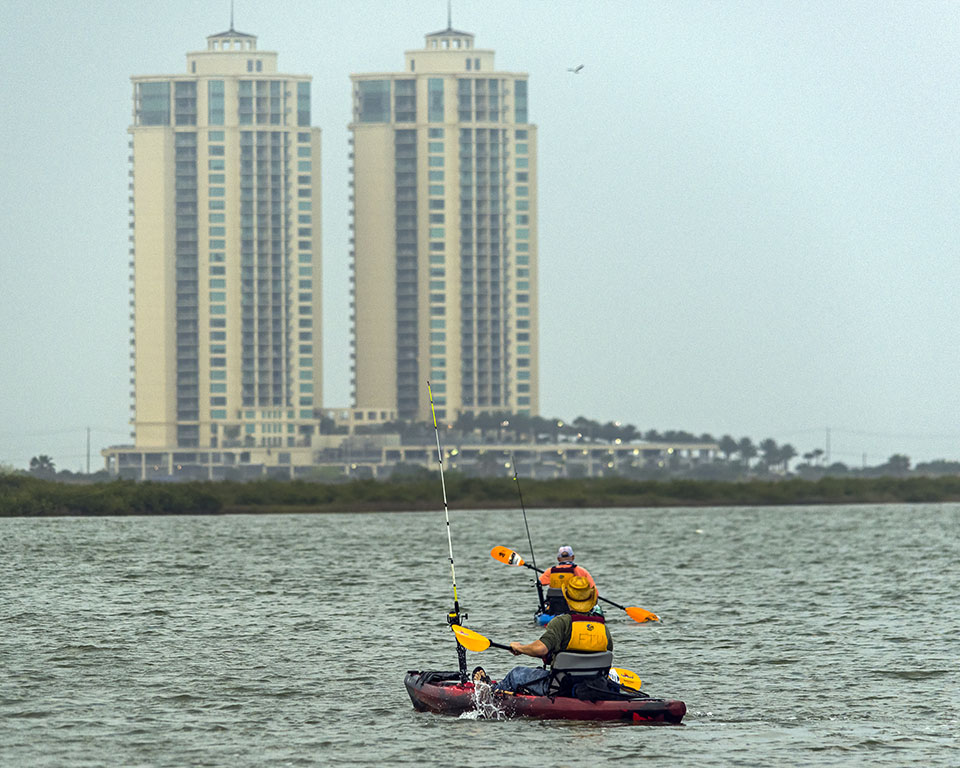
Fishing & Kayaking the Lagoon
Anglers fish around the mouth of the Lagoon, and kayakers and canoers can paddle the calm waters along the entire length. Whatever your interest, take advantage of one of Galveston’s most easily accessed natural areas!
Coming Up
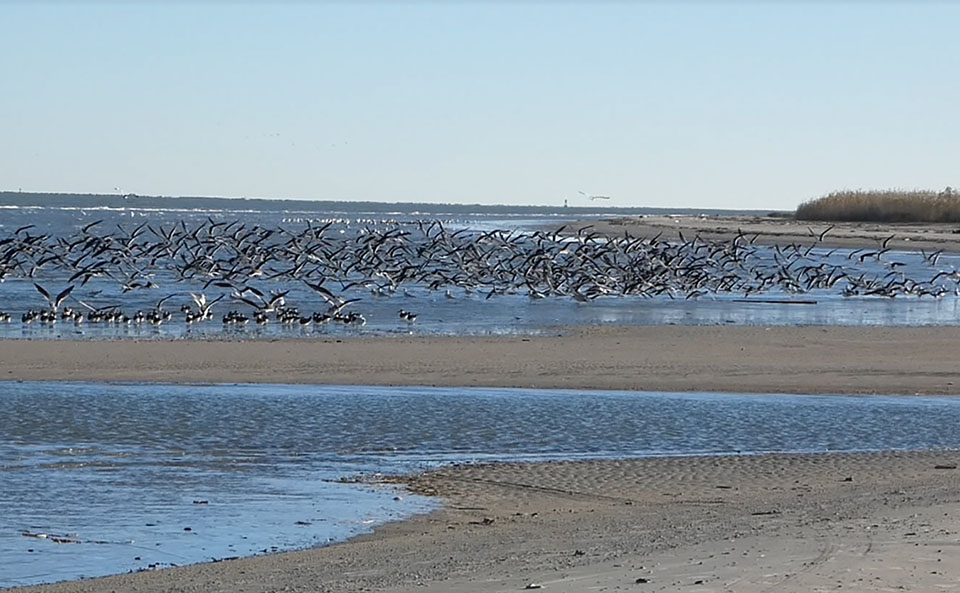
Boddeker Road to Big Reef
On the beach side of the lagoon, you will find Big Reef, an extensive sand spit isolated by the entrance to Galveston Bay. Thousands of shorebirds, gulls, and terns roost on this bar. The sand spit across the water is excellent any time of year for Black Skimmer, American Avocet, Black-necked Stilt, Ruddy Turnstone, and various terns and gulls. In winter, check for Marbled Godwit, Black-bellied Plover, and Red-breasted Merganser.
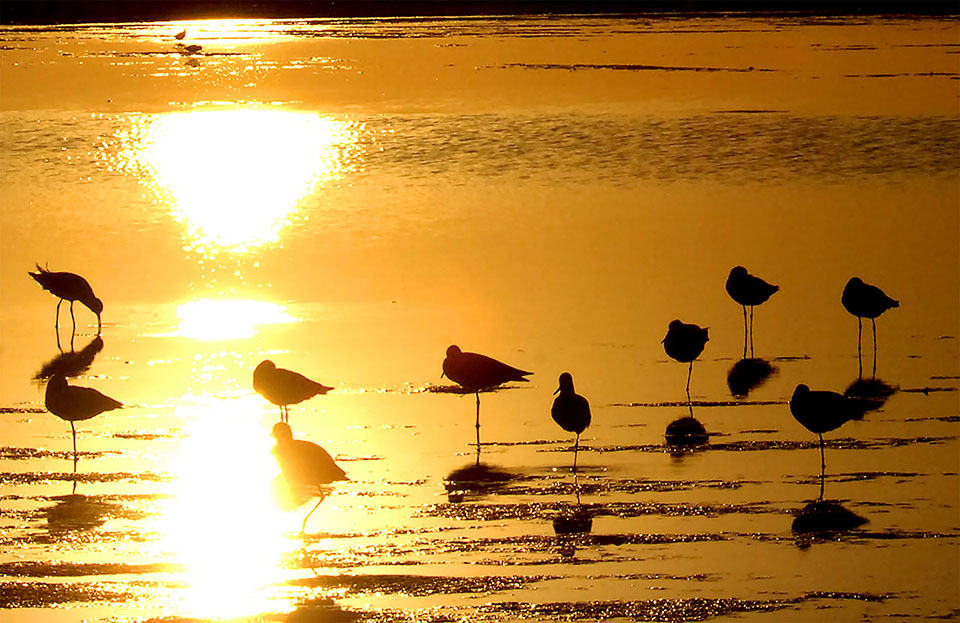
Photography
On Galveston Island, the sun rises over the Gulf and sets over the Bay. The best time for photography along the Trail is sunrise and sunset. Take advantage of “Golden Hour,” that period before sunset when daylight is redder and softer than when the sun is higher in the sky. The Trail runs east and west, so position yourself so that you can photograph with the sun at your back during the Golden Hour.
Birds are forced to roost during high tides. When the tide drops, they swarm to the exposed sand and mud.
Also, remember that birds are most active in the early morning. Many of the most photogenic birds such as herons, egrets, spoonbills, and pelicans are most active when feeding at sunrise. So, get out of bed and out to the Trail!
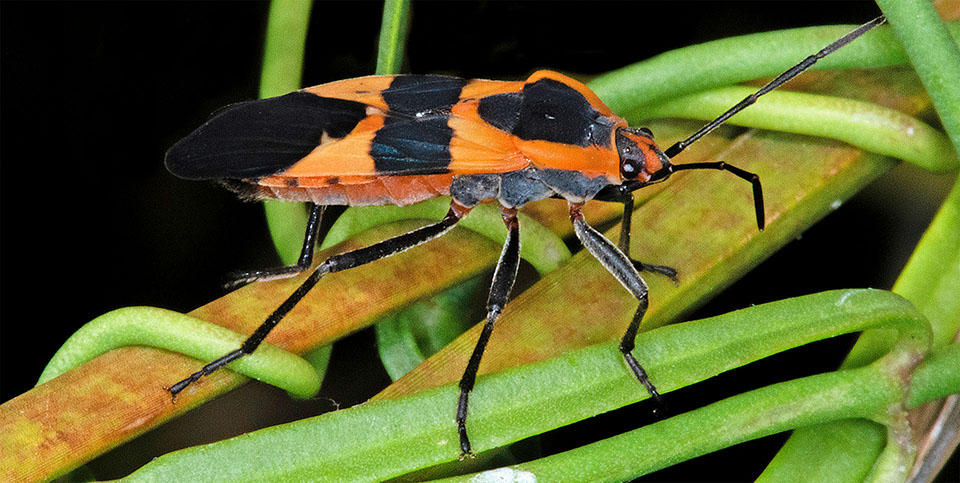
Wildlife
The wildlife of the Lagoon is generally obscure and easy to overlook. Except for the odd coyote or raccoon, the wildlife is generally composed of insects, reptiles, and amphibians.
If you look closely, the Lagoon teems with butterflies, dragonflies, robberflies, and a breathtaking variety of brilliantly colored insects. Some of these are among the smallest of their kind in the world. Others have adapted to the salinity of the Lagoon and its marshes and are found nowhere else except in these special places.
You will find many of these insects and other wildlife along the East End Lagoon Nature Trail. The flowers that bloom along the Trail attract clouds of butterflies as well as the dragonflies that prey on the butterflies. The key to uncovering the wildlife along the Trail is to walk quietly and to look very, very closely at what is around you.
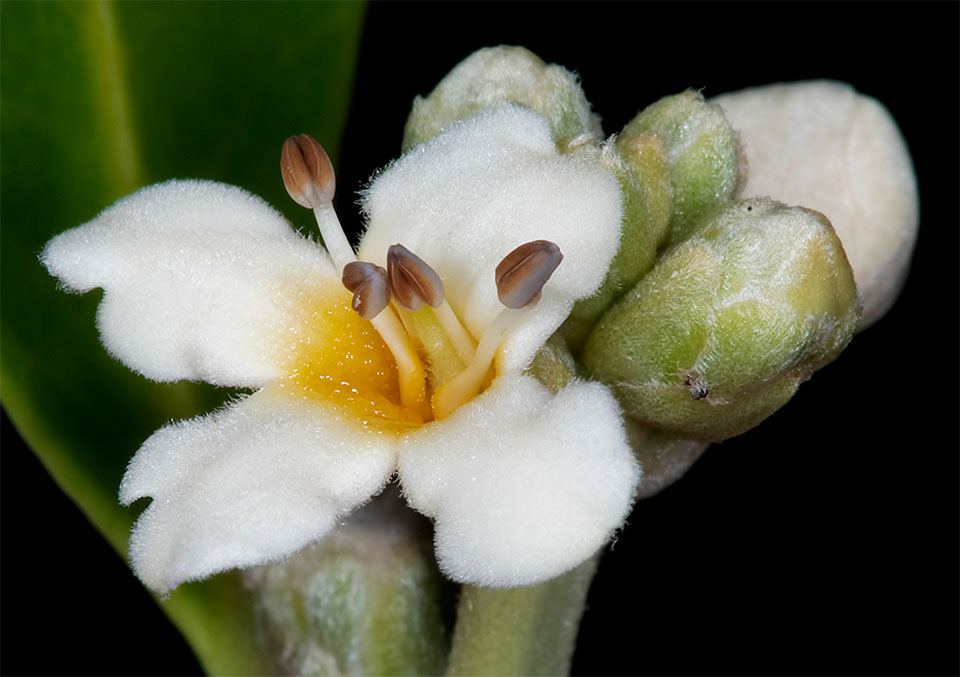
Wildflowers
Few days in the year pass when the Lagoon is not accented by the color of wildflowers. Wildflowers here are not oppressively seasonal; never is there a time when some plant or shrub isn’t blooming. From the salt tolerant plants that flourish on the salt pannes, to the prairie plants that only grow in the uplands, the Lagoon is embellished by the blush of coastal flowers.
Black Mangrove, shown above, are only found along the Gulf coast and the Florida Atlantic coast in the United States. In Texas, this mangrove only spreads north to Galveston. In cold winters, black mangrove will freeze back to the roots, only to sprout with even greater vigor the following spring.
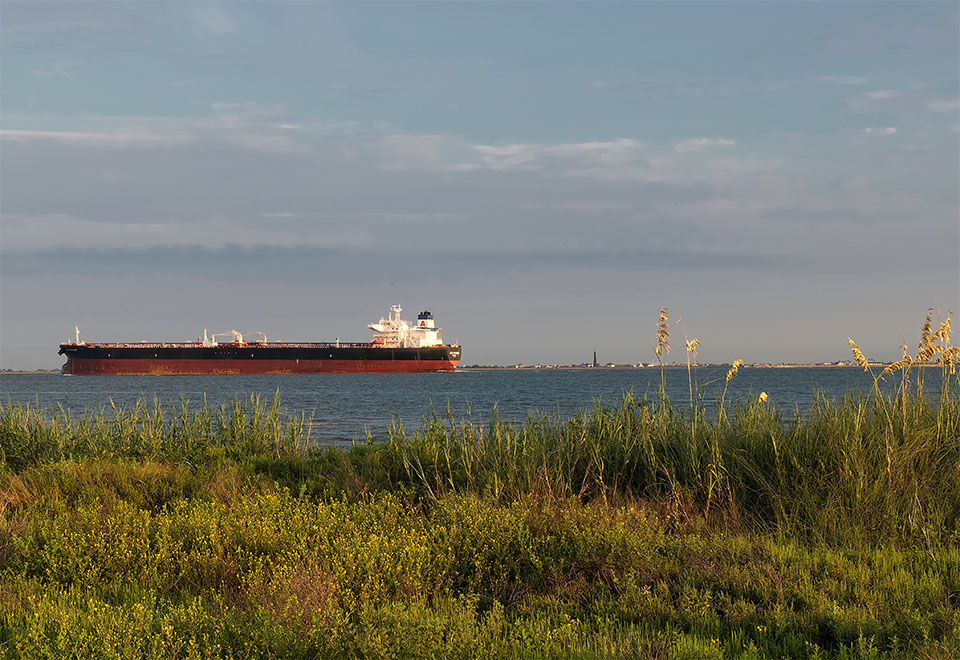
Nature and Man
The East End Lagoon borders Bolivar Roads, one of the busiest shipping lanes in the world. Bolivar Roads is protected by two jetties. The North Jetty connects to Bolivar Flats while the South Jetty connects with East Beach. Here, nature and man coexist.
Bolivar Roads is the entrance to the Port of Galveston as well as the Port of Houston. The Port of Houston is one of the largest port complexes in the world; it is the busiest port in the U.S. in terms of foreign tonnage, and the second-busiest in the U.S. in terms of overall tonnage.
The jetties that protect Bolivar Roads also trap sand that flows southwestward along our coast. The sediments captured by the North Jetty create Bolivar Flats, and those trapped by the South Jetty feed East Beach. As a result, the beaches and flats in this area are accreting (growing) unlike much of the upper Texas coast which is eroding because of a sand deficit.
As a result of this accretion, the East End Lagoon Nature Preserve is well protected from wave action by the extensive East End beaches. Additionally, sand is continuously blowing into the Preserve, adding sediments to the scattered pimple mounds. Even though the Preserve abuts one of the busiest sea lanes in the U.S., nature not only persists here but thrives!

